If you ever wondered can you freeze tortillas and if there was a right

Can You Freeze Swede? Go Cook Yummy
If you're a fan of warm brownies, you can give them a quick zap in the microwave for about 10-15 seconds. This will bring back a hint of that freshly baked warmth without sacrificing their chewy goodness.. While freezing baked brownies is the norm, freezing brownie batter is a bit trickier. Brownie batter contains leavening agents like.
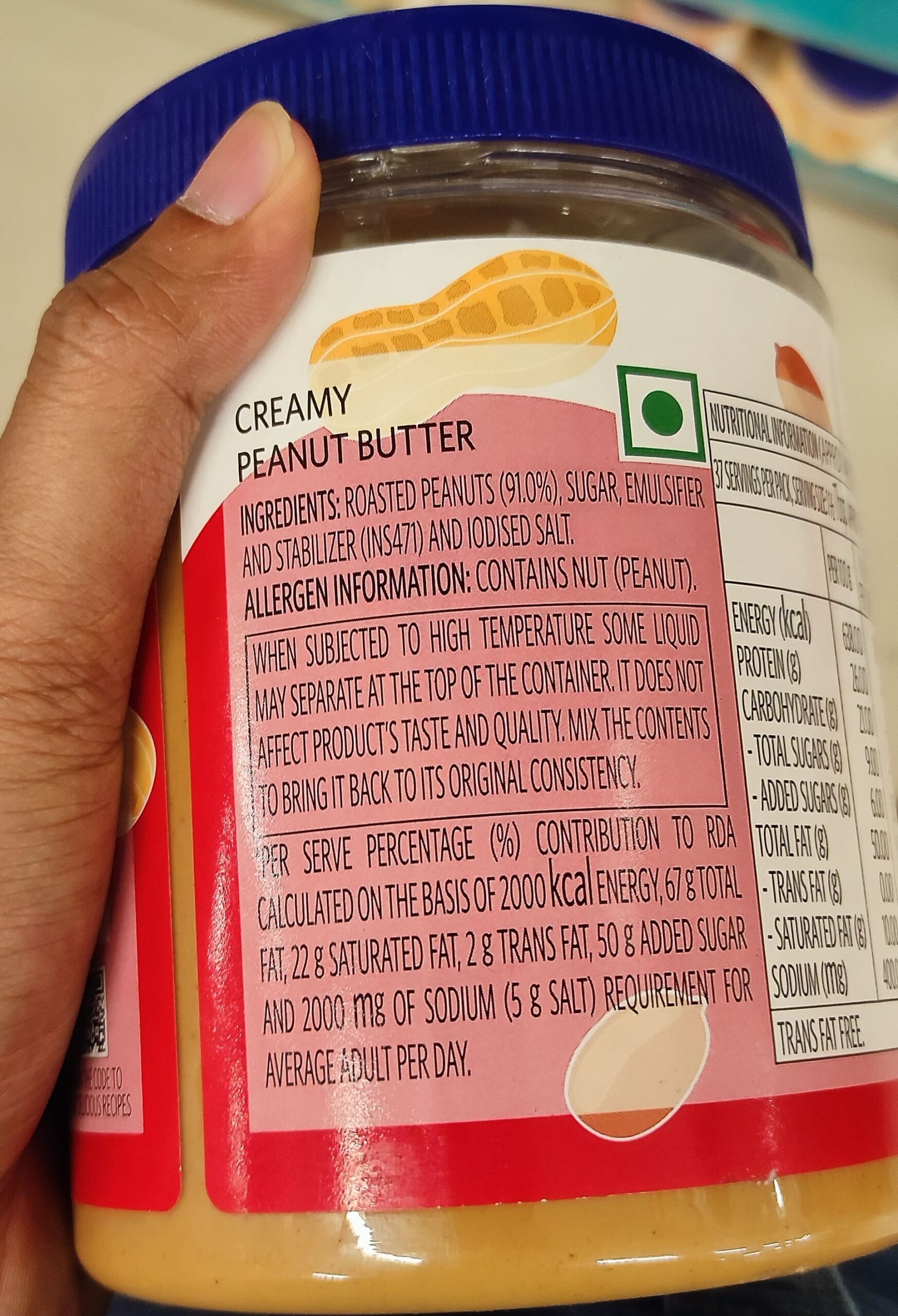
Can You Freeze Peanuts? How To Store Peanuts For Long Time In Freezer
How to Freeze Whole Pan Brownies. If you've baked a whole pan of brownies and want to freeze them for later enjoyment, follow these steps: Cool and Cut:. Yes, you can freeze brownies with frosting, but there are some considerations to keep in mind. Cream cheese frosting, for example, may not freeze well and could become watery upon thawing.

Can You Freeze Brownie Batter? Freeze That Food
To freeze brownies, cut the remaining portion into squares, wrap individually, and then freeze. This method means a single-serving brownie is available when you want it—or roughly 30 minutes after you take it out of the freezer and give it a chance to thaw. Brownies can be frozen for up to three months, but whether you choose to wrap a fully.

If you ever wondered can you freeze tortillas and if there was a right
Freezing Your Brownies as a Block. 1. Remove your newly baked brownies from the baking pan. Once your brownies are baked, allow them to cool down inside the baking pan until the pan is cool enough to touch and handle. Remove the brownies slab from the baking pan using a spatula and place it on a cooling rack.

Can You Freeze Brownies? A Quick Guide How To Greedy Gourmet
The best way to freeze frosted brownies is by allowing the frosting to solidify first. Again, the best way to freeze these brownies is simply by wrapping them in plastic wrap, followed by some aluminum foil. After this, you can place them in an airtight container. If you want to freeze the whole brownie slab, or you've got a big batch, the.

Can You Freeze Brownies? (Should You?)
On average, properly sealed brownies can last up to three months in the freezer. This will depend on what materials you use to wrap the brownies up with, how well they are sealed, and how fresh the ingredients that you used to cook the brownies were. For example, brownies made with cream cheese are going to have a slightly shorter life even if.
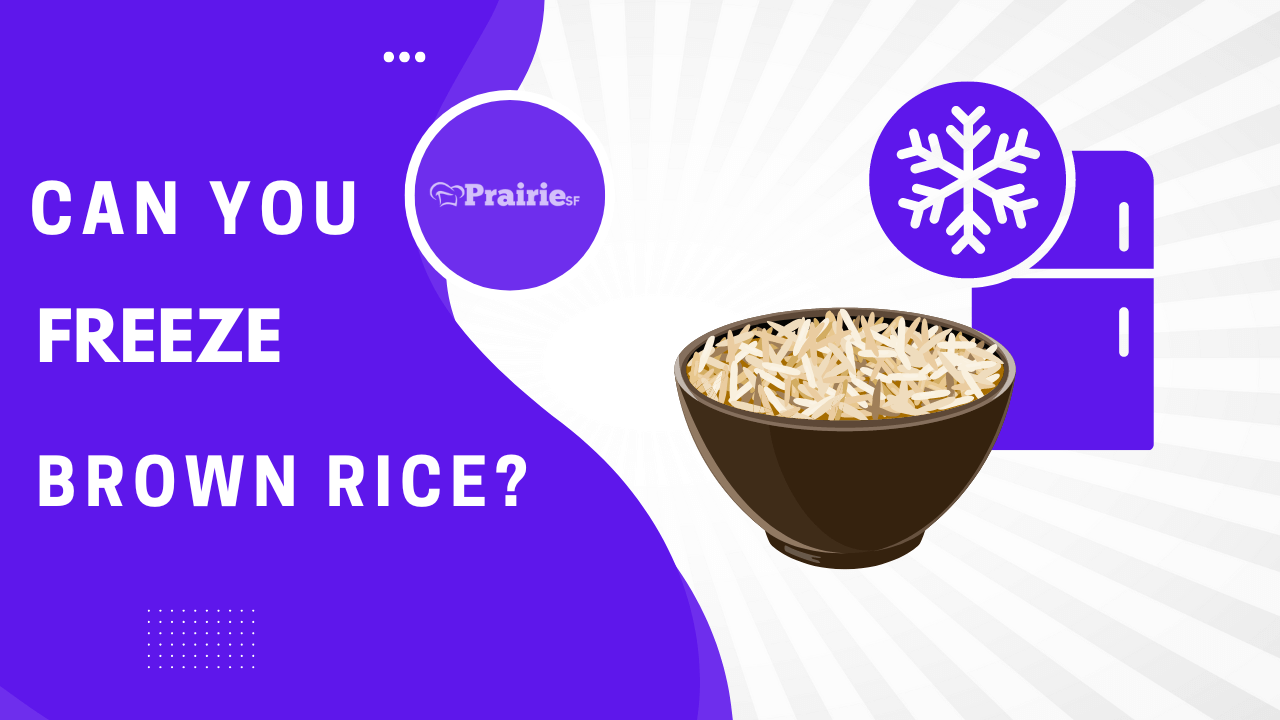
Can You Freeze Brown Rice? Prairie SF
To freeze a whole pan, line the pan with parchment paper. Ensure that plenty of paper pokes out above the brownies so it's easy to grab. After baking the brownies, let them cool completely. Remove the slab of brownies from the pan. Wrap the whole sheet of brownies tightly with plastic wrap, then wrap them with foil.
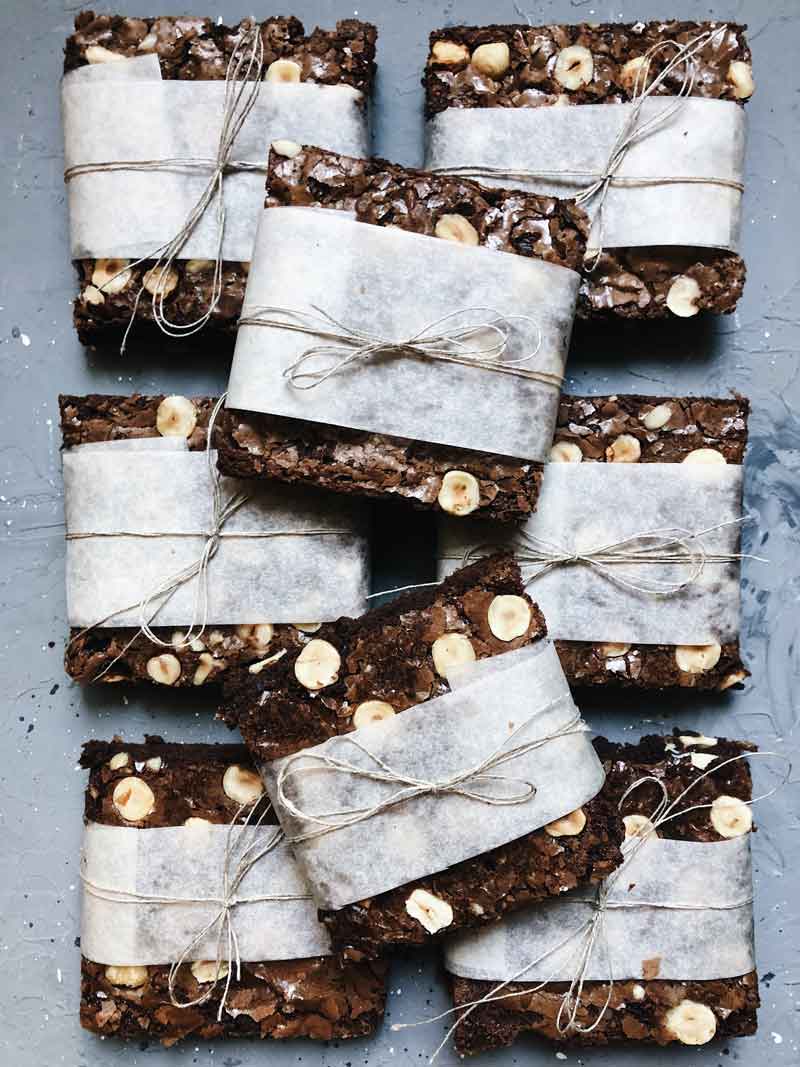
Can You Freeze Brownies? A Quick Guide How To Greedy Gourmet
One of the most common questions I get about freezing brownies is "can you freeze brownies after you bake them?". The answer is yes! Freezing brownies right in the pan after baking can be an easy and tasty method for keeping them fresh longer. Once the brownies have fully cooled in the pan after baking, simply wrap the entire uncut slab.

Can You Freeze Lactation Cookies & Cookie Dough? Pumping Mamas
Cool. Once you've knocked together your brownies, allow them to cool completely in the tin. Do not remove them from the tin they were baked in, as you'll be using this to freeze them. Wrap. When the brownies are completely cooled, wrap the tray in one layer of cling film, followed by a layer of foil.

Can You Freeze Canned Fruit? The Food Scribe
How to Freeze Brownies. Step 1. Prepare your brownie batter. Step 2. Put parchment paper in a baking pan, then pour the batter. Step 3. Put the pan in the freezer until the batter is nice and firm. Step 4. Once the batter freezes, remove it from the pan and wrap it tightly in plastic or aluminum foil.
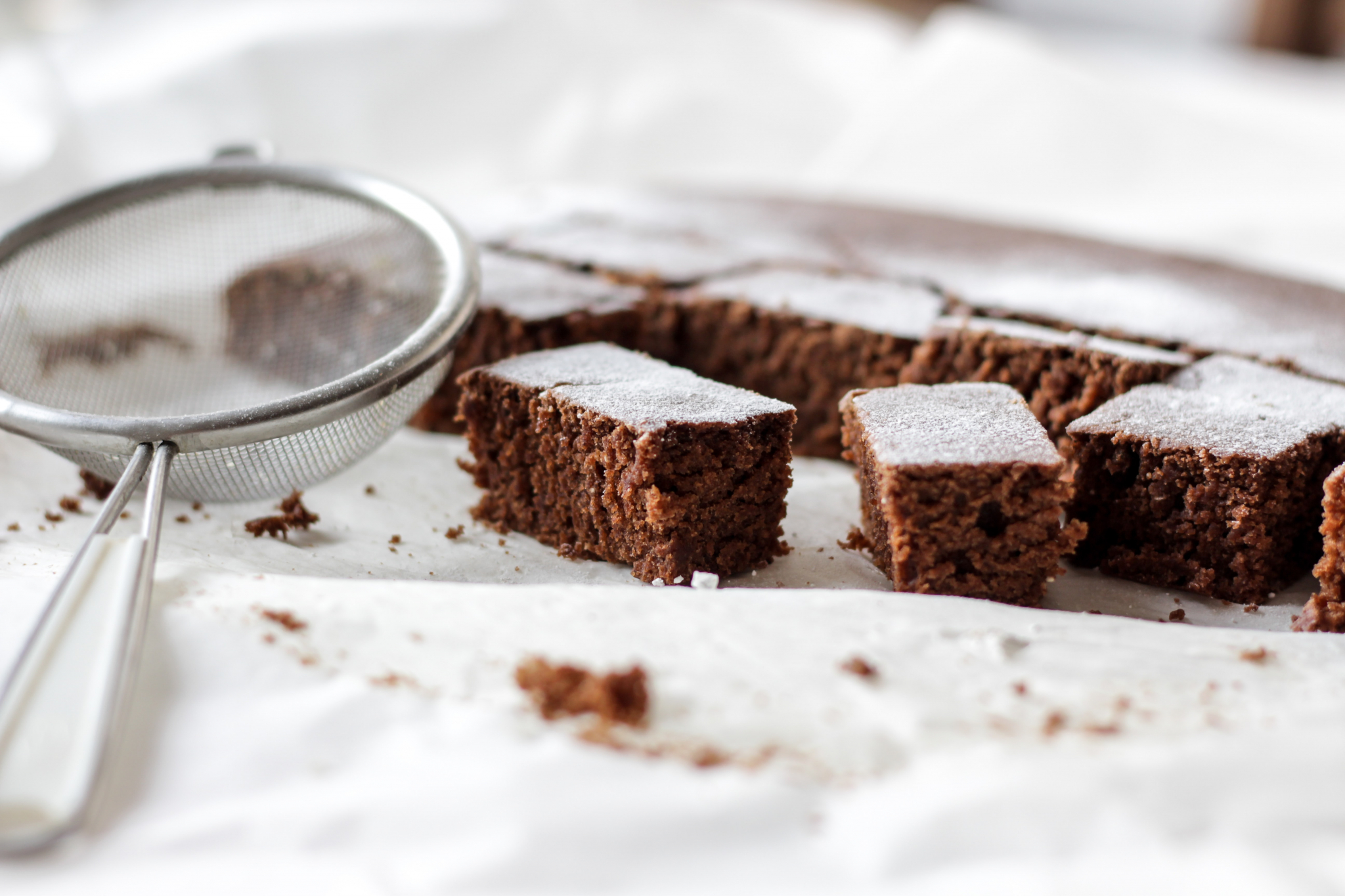
Can You Freeze Brownies? Detailed Guide Beezzly
If you want brownies to be handy at all times, freeze them individually. Cover the top of each brownie with parchment or wax paper. Press the paper lightly into the brownies to create a better seal. Place the cooled brownies in a glass or plastic container in a single layer. Make sure to cover the top layer of brownies with paper, too, to keep.
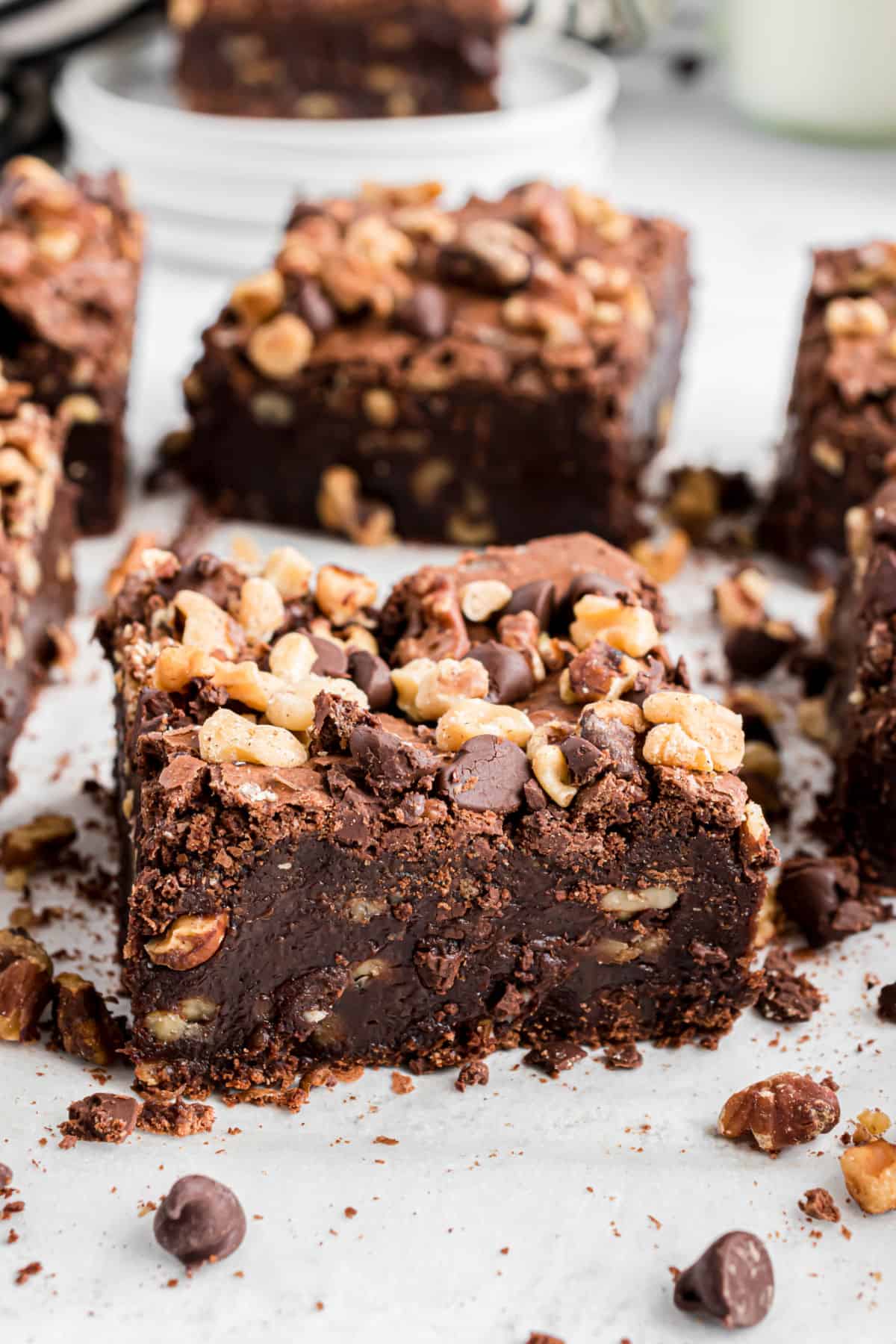
Chocolate Walnut Brownies Recipe Shugary Sweets
How to Freeze Brownies. It's easy as 1, 2, 3! Step One: Allow the brownies to cool completely. Step Two: Wrap them in plastic wrap or set the brownies in an airtight container. Ensure there is no excess air to prevent freezer burn. Step Three: Label the package with the date and contents, and place it in the freezer.

Can You Freeze Pot Brownies? Leaf Nation
To freeze a whole pan (or a pan short of a slice!), line the pan you'll bake in with parchment. Make sure plenty of the paper pokes out above the brownies so it is easy to grab—you'll use it to remove the baked brownies from the pan. After baking the brownies, let them cool completely. Wrap the whole sheet of brownies tightly with plastic.
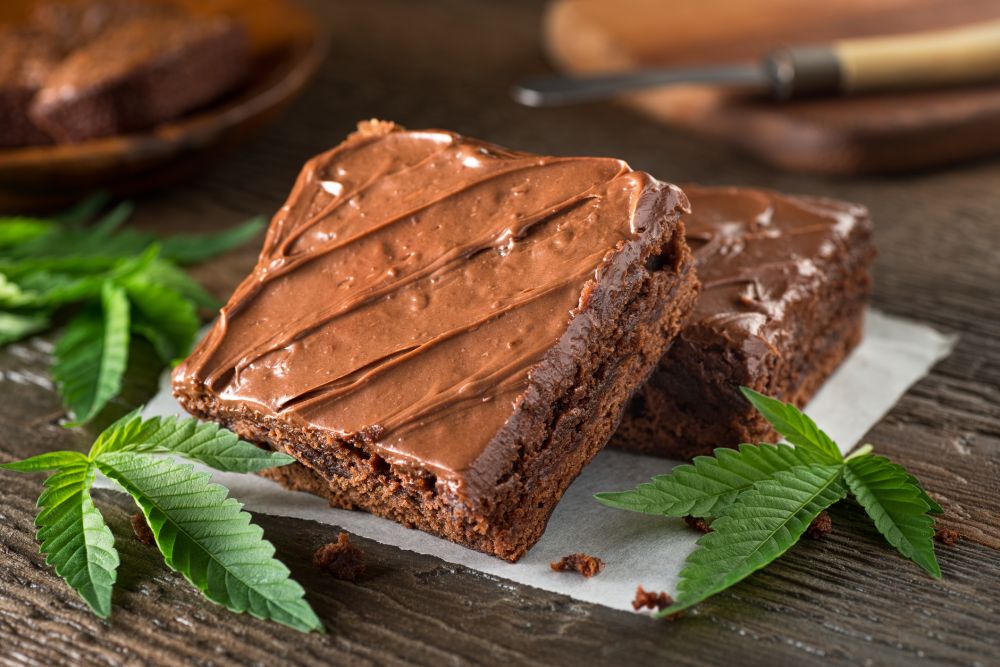
Can You Freeze Weed Brownies? Yes, But Here's How to Do It Right
To defrost your brownies, let your brownies thaw overnight in the refrigerator. And to heat them up, place them on your baking tray in a preheated oven and bake them at 350°F for 10-15 minutes. You can also Place your brownie in the microwave and heat it up in 20-30 seconds intervals.
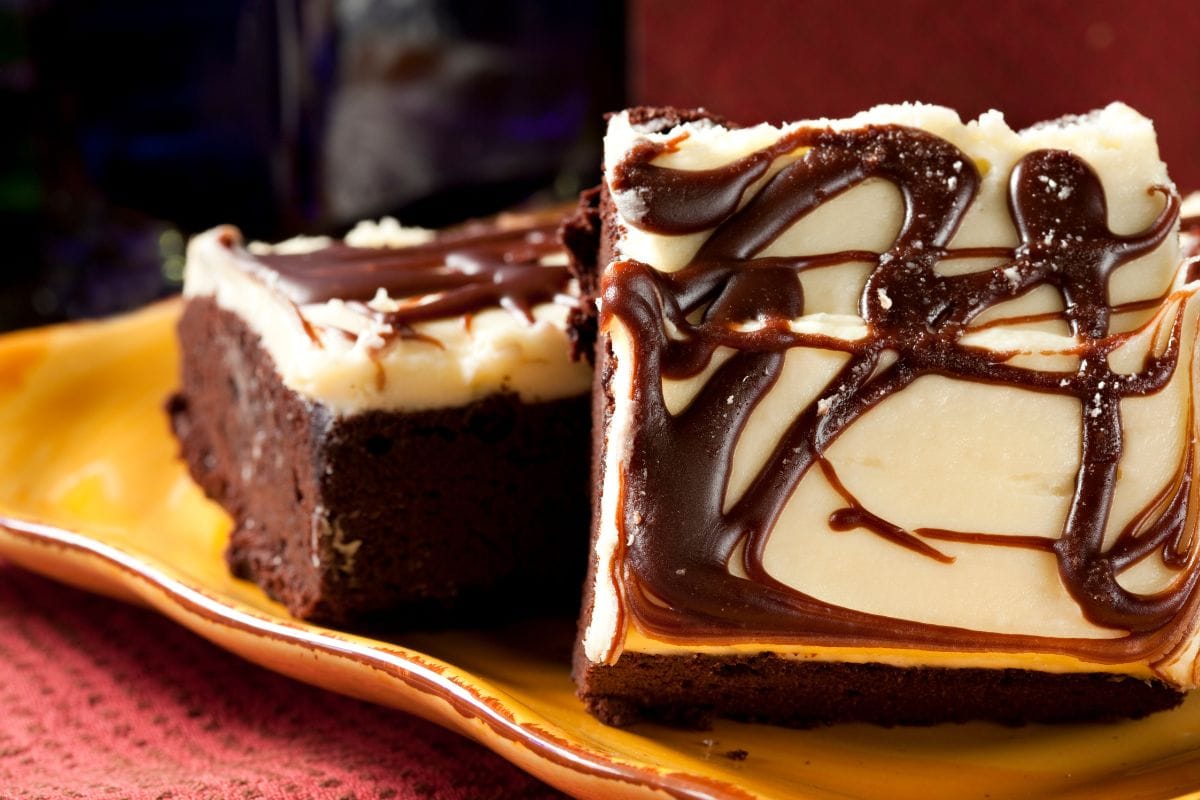
Can You Freeze Brownies? What Kate Baked
Yes, you can definitely freeze brownies after baking. Freezing brownies is a great way to extend their shelf life and enjoy them at a later time. Whether you have leftover brownies or you want to prepare them in advance for a special occasion, freezing brownies can be a convenient and practical solution. When it comes to freezing brownies, the.

Can You Freeze Brownies? Can You Freeze
Follow the steps below to freeze brownies in the tin: Bake your brownies at the desired temperature. Once done, leave the brownies on the countertop until they're completely cool. The cooling will usually take around 30 minutes. Cover the brownies in the baking dish to protect the exposed layer from the cold air.